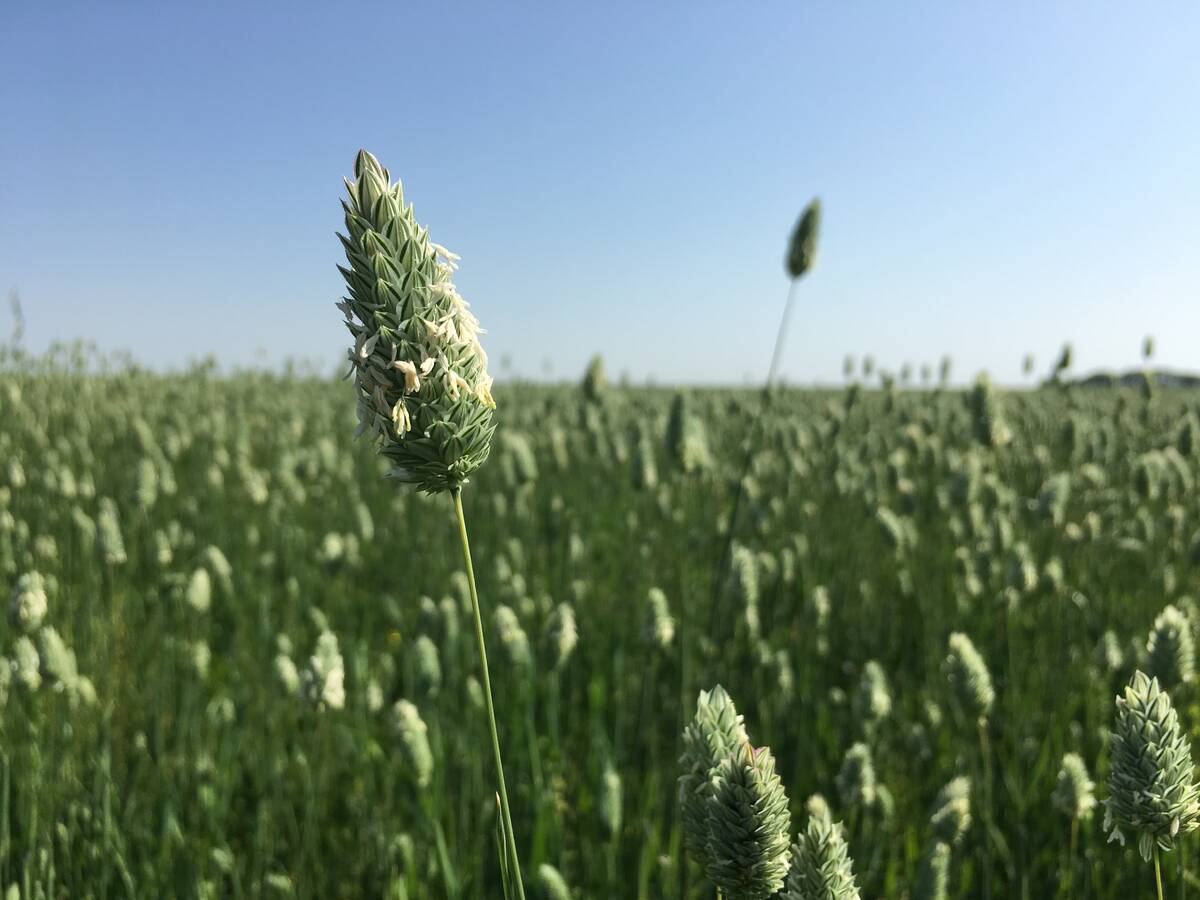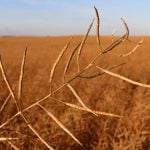Phosphorus loading | Study says agriculture may be the primary source of the problem
DRESDEN, Ont. — Farmers near Lake Erie will have to do more to address the issue of phosphorus loading if the authors of a new study have their way.
The study, which recommended changes to agricultural practices within the watershed, said phosphorus loading has led to an increase of algae blooms in the lake’s western basin and has been linked to an in-crease in the size of the hypoxia zone — an area of decreased oxygen content — in the central basin.
“Agriculture is a major source of the phosphorus, maybe the primary source,” said Glenn Benoy, a senior water quality and ecology adviser to the International Joint Commission
Read Also

No special crop fireworks expected
farmers should not expect fireworks in the special crops market due to ample supplies.
An increase in the severity of algae blooms over the past decade proves that the problem has been getting worse, he added.
“The 2011 bloom was the most severe bloom we’ve see in a decade.”
The watershed is home to millions of people and some of the most productive farmland in North America. Benoy said cities and agriculture contribute to phosphorus loading, but agriculture needs to be the primary focus if reduction targets are to be met.
The shift to conservation farming practices has helped, but according to the study, these have primarily addressed the issue of particulate phosphorus.
Dissolved reactive phosphorus, which is the form most available to the aquatic organisms that form blooms, has been increasing over the past 20 years. According to the study, the rise coincides with the increased occurrence of the blooms.
“The Lake Erie Ecosystem Project study found that nutrient management practices in crop-based agriculture were primarily geared toward efficient agronomic output but not necessarily environmental quality,” it said.
“Concern with the latter seems to be more prevalent in animal-based agriculture production and not well studied in purely crop-based production agriculture.”
Lake Erie remains the most biologically active of the Great Lakes. With just two percent of the total water volume, it’s estimated to contain 50 per cent of the fish.
Of the Great Lakes commercial fisheries, Lake Erie has about 80 percent of the catch. Various species are harvested, but yellow perch and pickerel are especially valued. Most of the commercial fleet, about 40 tugs in total, are located on the Canadian side.
The lake is also valued for its recreation and tourism, including a large sports fishery.
The International Joint Commission was formed in 1909 following an agreement signed by Canada and the United States to deal with issues related to water along the border between the two countries.














